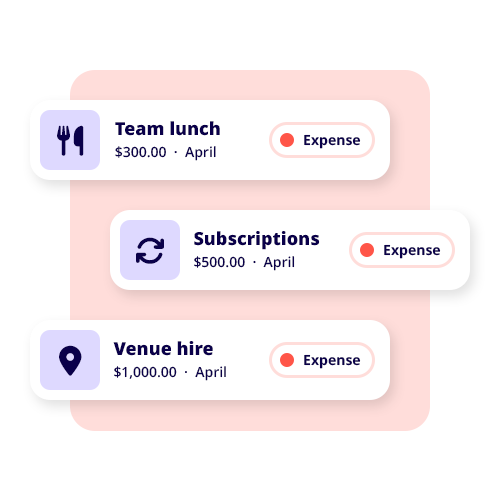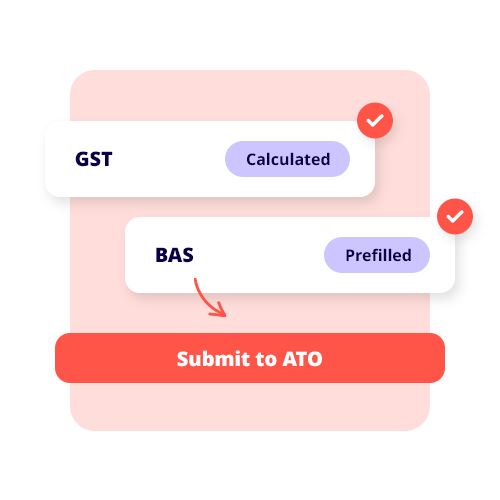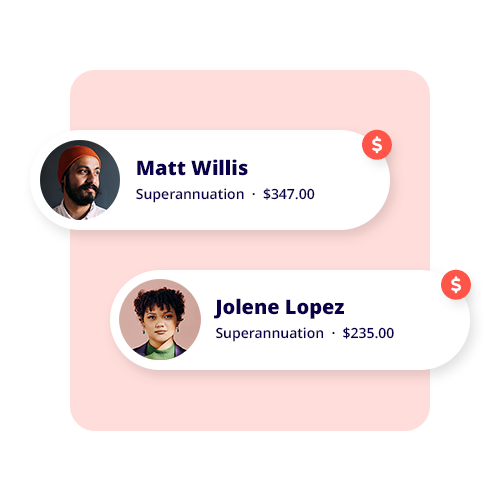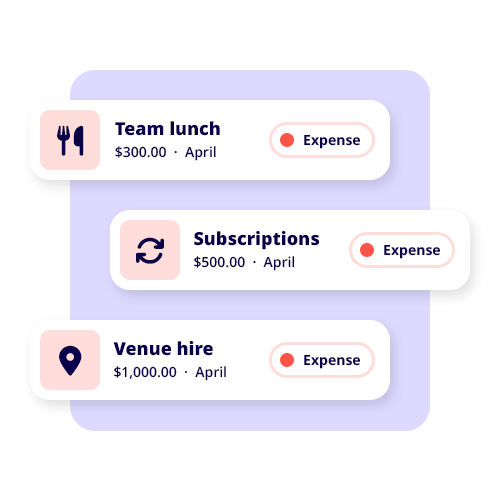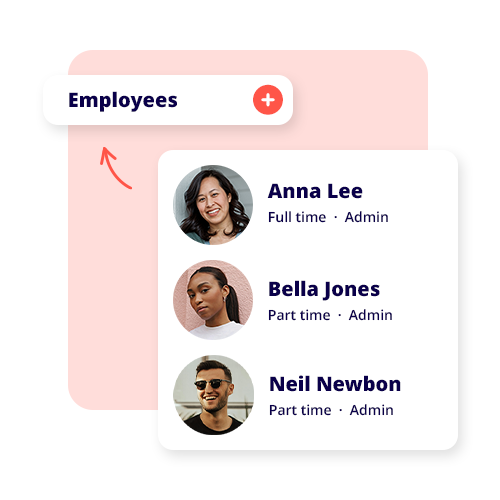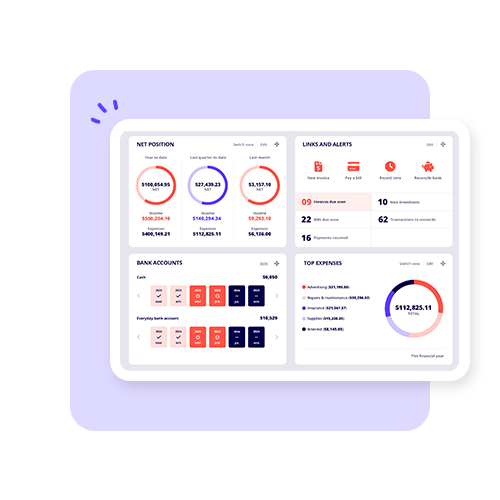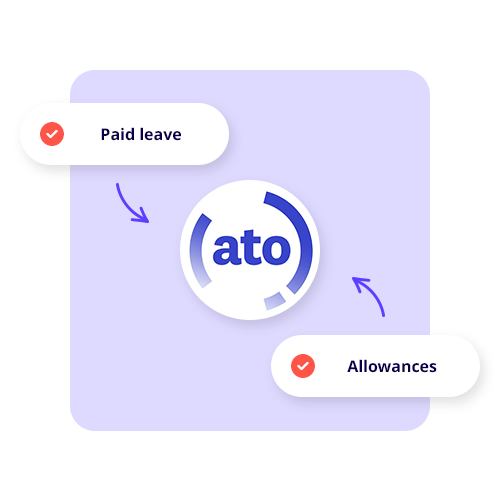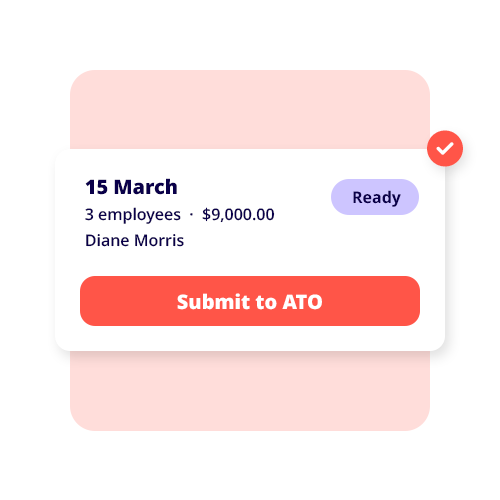Non-current assets are assets that are held long-term by a business. They are used in the creation of revenue.
When successfully monitoring and understanding your business’s financial performance and performing successful accounting understanding the concept of non-current assets is highly useful.
Non-current assets (definition)
Non-current assets (also known as long-term or fixed assets) refer to assets held by a business that are expected to be long-term in nature, usually defined as having a useful life of more than 12 months. Non-current assets should also be utilised in the long-term production of revenue and profits. They are not meant to be quickly converted into cash.
Non-current assets examples

Examples of non-current assets include tangible assets and intangible assets such as:
- Property or land.
- Plant and equipment.
- Work-related vehicles.
- Long-term investments.
- Intangible assets like intellectual property.
What are current assets?
Conversely, a current asset is a tangible asset that is easily converted into cash within 12 months. In other words, current assets are highly liquid assets and are expected to have a short lifecycle.
Examples of current assets:
- Cash equivalents.
- Inventory and supplies.
- Accounts receivable.
See related terms
What are fixed assets?
What is working capital?
What is profit?












